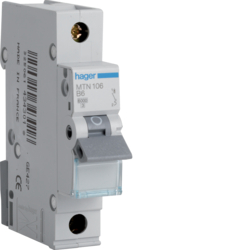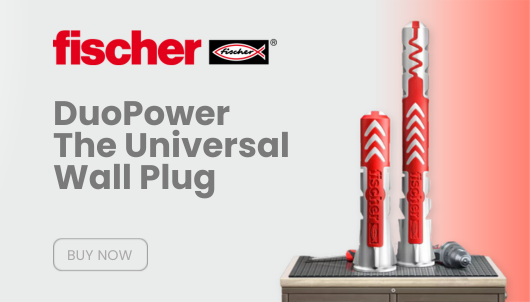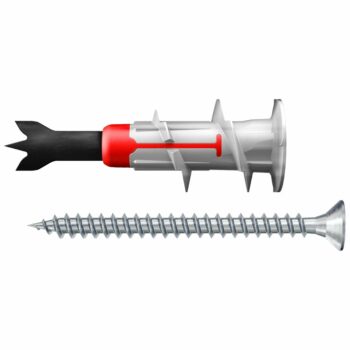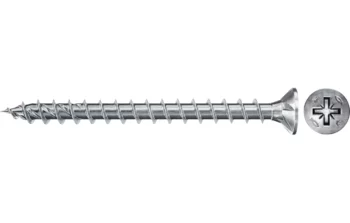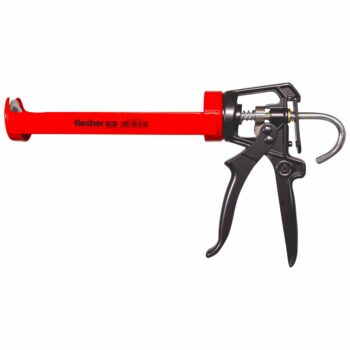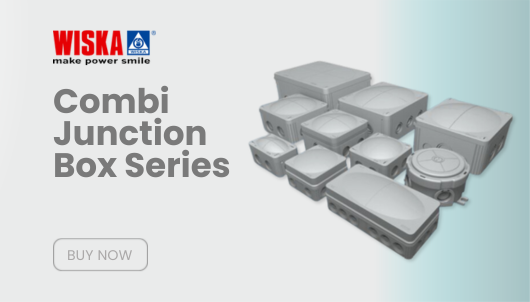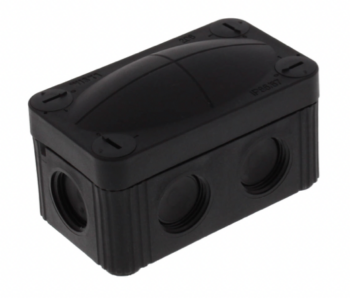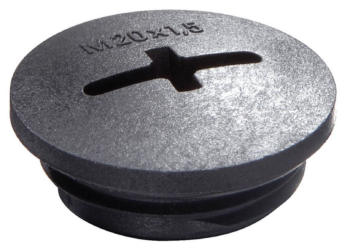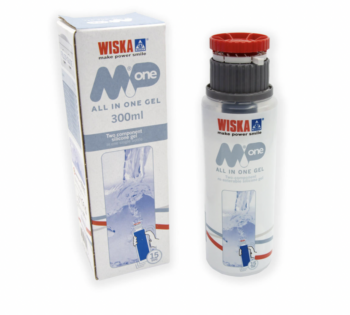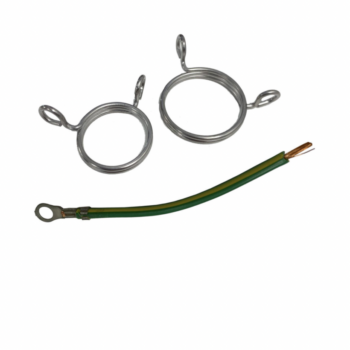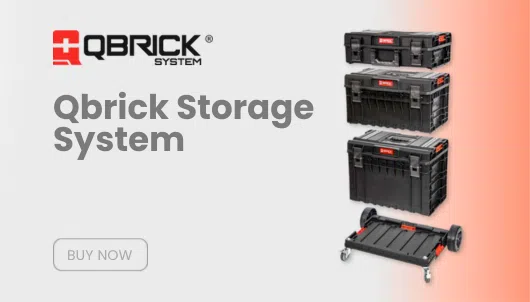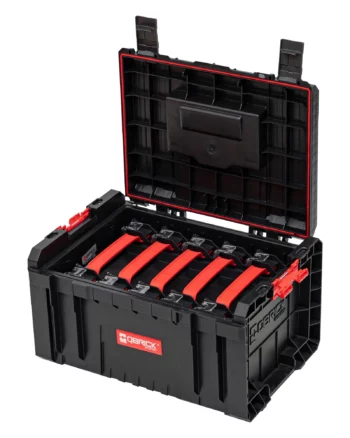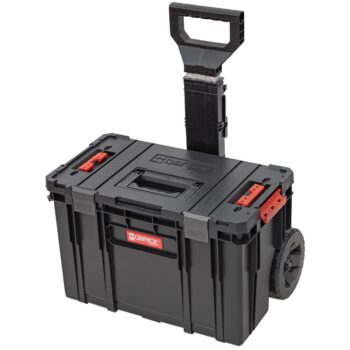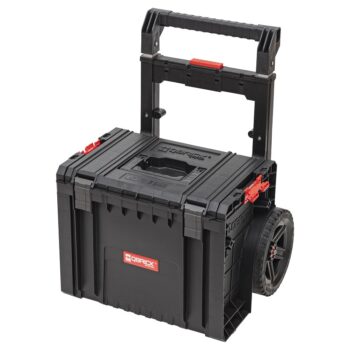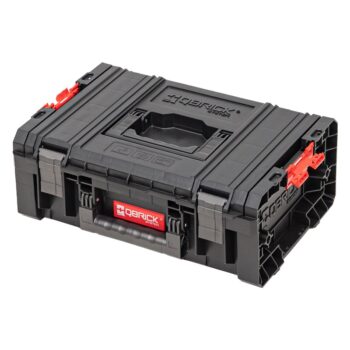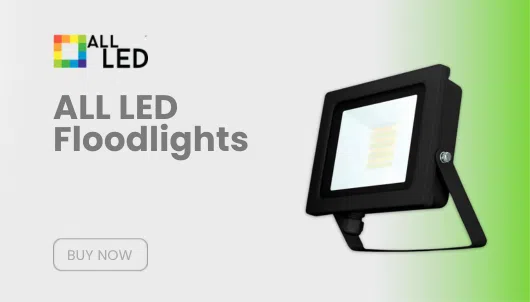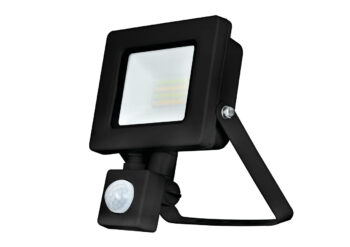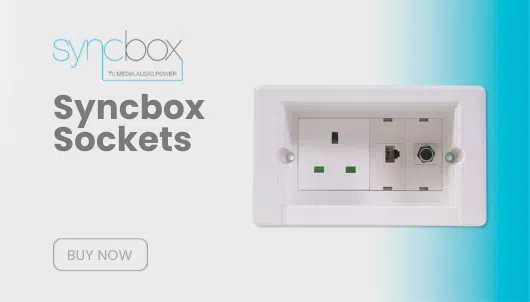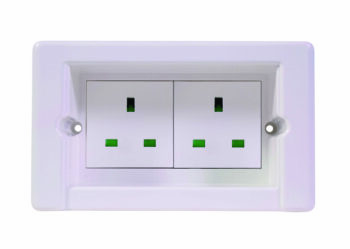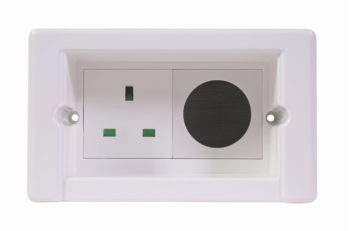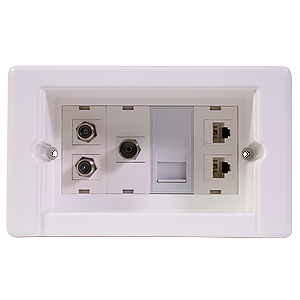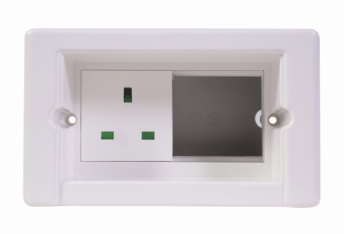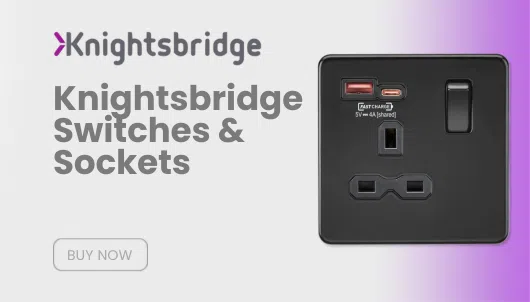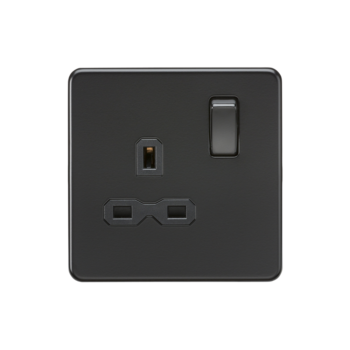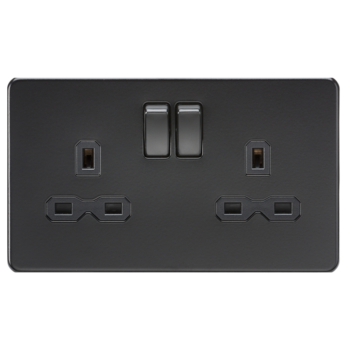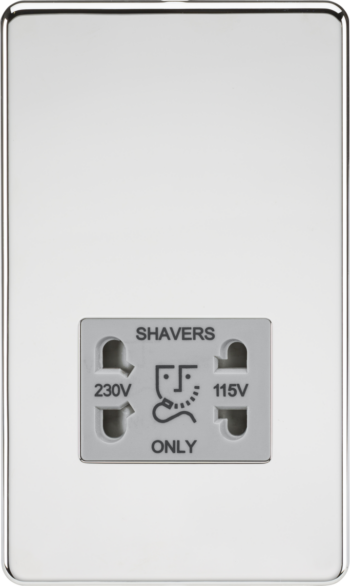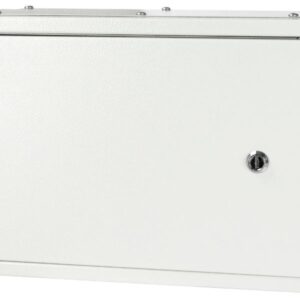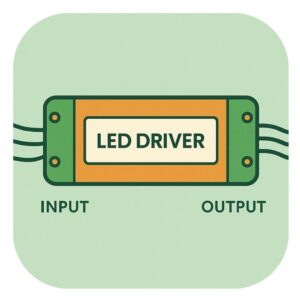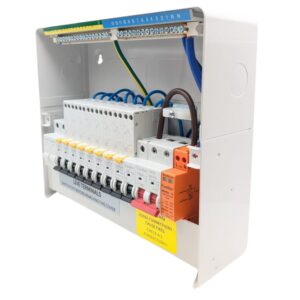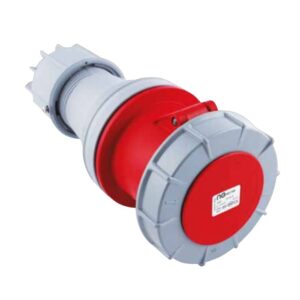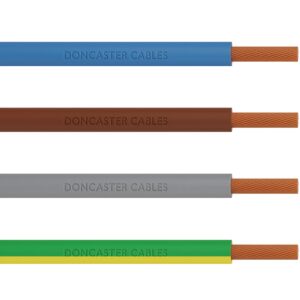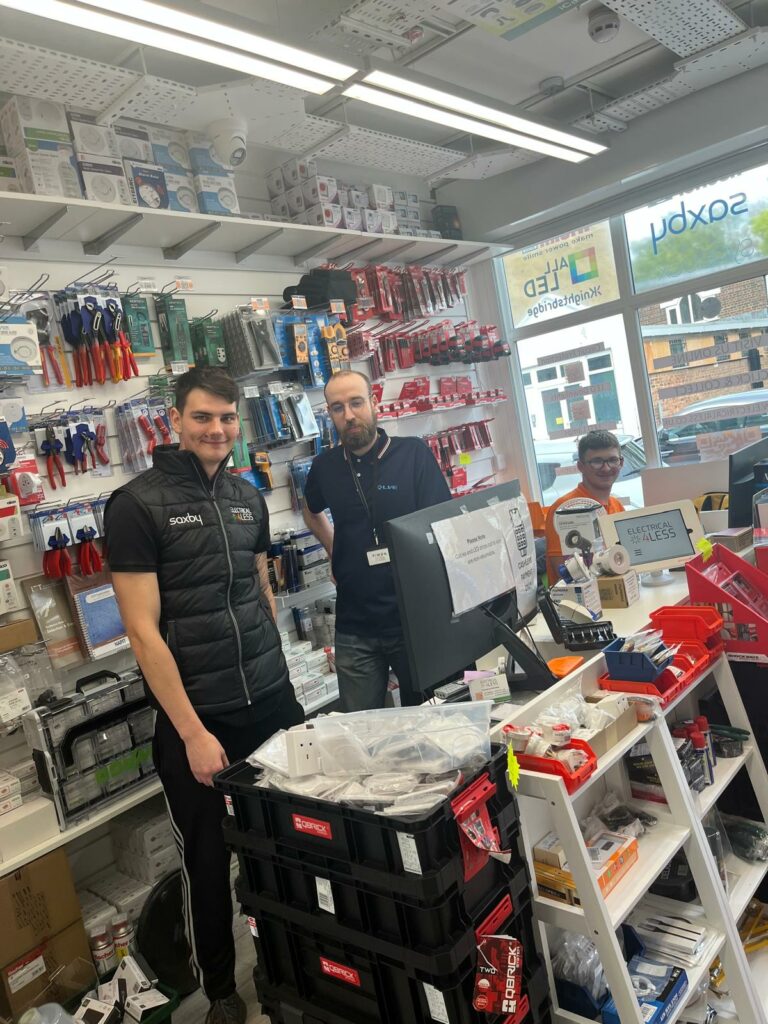Ensuring Reliable Circuit Protection for Your Home and Business
When it comes to safeguarding your property’s electrical system, few components are as crucial as the Miniature Circuit Breaker (MCB). Among the leading names in circuit protection is Hager—a brand trusted worldwide for its high-quality, durable, and safe electrical solutions. Hager MCBs offer unparalleled protection against electrical faults, and they’re an essential component of any Hager Consumer Unit.
Whether you’re a homeowner, an electrician, or a building manager, understanding how MCBs work and why they’re essential can help you make better decisions about your electrical infrastructure. This comprehensive guide explores everything you need to know about Hager MCBs, including types, applications, installation, and relevant UK regulations.
Table of contents
- Ensuring Reliable Circuit Protection for Your Home and Business
- What is a Hager MCB?
- Why MCBs are Crucial for Electrical Safety
- How Hager MCBs Work
- Types of Hager MCBs: B, C, and D Types
- Single-Phase vs. Three-Phase Hager MCBs
- Choosing the Right Hager MCB for Your Needs
- UK Regulations and Compliance for MCBs
- Installing Hager MCBs in a Consumer Unit
- Benefits of Using Hager MCBs
- Conclusion
- Frequently Asked Questions (FAQ)
What is a Hager MCB?
A Miniature Circuit Breaker (MCB) is a small device that automatically interrupts electrical circuits in the event of a fault, such as an overload or short circuit. Hager MCBs are specifically engineered to be integrated within Hager Consumer Units, providing efficient and safe circuit protection in residential, commercial, and industrial setups.
Unlike traditional fuses, which need to be replaced after they blow, MCBs can be reset after they trip, making them a convenient and reliable choice for circuit protection. They come in various types and ratings, which are tailored to different electrical systems and requirements.
Why MCBs are Crucial for Electrical Safety
MCBs are vital to keeping an electrical system safe. Here’s why:
- Prevention of Electrical Fires: Faulty circuits or overloaded wires can overheat, posing a fire risk. MCBs detect these issues and cut off the power before they escalate.
- Protection of Appliances: By controlling the power surge that can occur with electrical faults, MCBs help protect expensive appliances and electronics.
- Personal Safety: MCBs prevent electrical shock hazards by stopping the flow of electricity in malfunctioning circuits.
- Cost-Efficient Maintenance: Unlike fuses, MCBs don’t need to be replaced after a fault. They can be quickly reset, making them more economical and sustainable.
With these benefits in mind, it’s clear that MCBs aren’t just technical components; they’re essential to keeping people, property, and equipment safe from electrical risks.
How Hager MCBs Work
Hager MCBs work by continuously monitoring the flow of electrical current in a circuit. When they detect excessive current, they trip, breaking the circuit. This process involves two main mechanisms:
- Thermal Mechanism: For overloads, Hager MCBs use a bi-metallic strip that bends as it heats up due to excess current. When the strip bends far enough, it triggers the circuit to break.
- Magnetic Mechanism: For short circuits, a magnetic coil creates a magnetic force that trips the circuit breaker instantly. This response is almost instantaneous, providing rapid protection for severe faults.
These dual protection mechanisms ensure that Hager MCBs respond precisely to different types of electrical faults, from minor overloads to dangerous short circuits.
Types of Hager MCBs: B, C, and D Types
Hager offers various types of MCBs tailored to different applications. Each type has specific tripping characteristics, or curves, based on the type of load and usage:
- Type B MCBs: Designed for light domestic or commercial use, Type B MCBs trip when the current reaches 3 to 5 times the rated load. Ideal for lighting circuits and general power circuits, they are widely used in homes.
- Type C MCBs: These trip at 5 to 10 times the rated load, making them suitable for circuits with a moderate surge upon start-up, such as fluorescent lighting and small motors. Type C MCBs are commonly used in commercial settings.
- Type D MCBs: Designed for heavy-duty applications, Type D MCBs trip at 10 to 20 times the rated current. They’re ideal for environments with significant power surges, such as industrial equipment, transformers, and large motors.
Each type provides a different level of protection based on the typical current fluctuations of the connected load, ensuring that the MCB does not trip unnecessarily.
Single-Phase vs. Three-Phase Hager MCBs
Single-Phase Hager MCBs
Single-phase MCBs are typically used in residential settings where the power demands are relatively low. These MCBs protect standard household circuits, handling the typical fluctuations of home electronics and lighting.
Three-Phase Hager MCBs
Three-phase MCBs are suited for commercial and industrial environments where the power demand is much higher. These MCBs are ideal for larger equipment and systems, providing robust protection against faults that could otherwise disrupt complex operations.
Choosing the Right Hager MCB for Your Needs
Selecting the right MCB depends on various factors, including the type of load, the environment, and the level of protection needed. Here’s a quick guide to help you choose:
- Type B: Ideal for standard home circuits with low starting currents.
- Type C: Suitable for commercial settings with moderate start-up currents.
- Type D: Best for industrial environments with heavy-duty machinery.
When selecting an MCB, it’s essential to assess the specific requirements of each circuit to ensure optimal protection.
UK Regulations and Compliance for MCBs
In the UK, electrical installations must comply with BS 7671, also known as the IET Wiring Regulations. These standards cover the selection and installation of circuit protection devices, including MCBs. According to these regulations:
- MCBs Must Be Tested: Only MCBs that meet stringent standards for performance and safety are approved for installation.
- Commercial and Residential Requirements: MCBs are required for both residential and commercial buildings to prevent overloads and short circuits.
- Periodic Inspection: Regular testing and inspection are recommended for all electrical systems to ensure ongoing safety and compliance.
Compliance with these standards ensures that your electrical system is safe, reliable, and ready to handle modern electrical demands.
Installing Hager MCBs in a Consumer Unit
Hager MCBs are designed to integrate seamlessly into Hager Consumer Units, making installation straightforward for qualified electricians. Here’s a quick overview of the process:
- Preparation: The electrician will assess the circuits to determine the appropriate MCB types and ratings.
- Mounting: The MCBs are installed within the consumer unit, with careful attention to proper positioning.
- Testing: After installation, the electrician tests each MCB to verify correct operation.
- Documentation: It’s essential to document each MCB’s location and rating for future reference and compliance.
Installing MCBs requires professional expertise, especially in larger or commercial systems, where the electrical load is more complex.
Benefits of Using Hager MCBs
Choosing Hager MCBs offers a range of advantages, from enhanced safety to simplified maintenance:
- Quick and Reliable Protection: Hager MCBs respond rapidly to faults, minimizing damage to appliances and equipment.
- Durability and Longevity: Built from high-quality materials, Hager MCBs are designed to last, providing consistent protection for years.
- Resettable Design: Unlike fuses, MCBs can be reset after tripping, making them more convenient and cost-effective.
- Broad Application Range: Hager’s variety of MCB types means you can find a solution for any environment, from homes to heavy industrial sites.
By investing in Hager MCBs, you’re choosing a product that meets stringent safety standards while providing peace of mind.
Conclusion
Hager MCBs are an invaluable part of any electrical system, providing reliable protection against overloads and short circuits. Available in a variety of types and sizes, these MCBs cater to different environments, from residential properties to industrial sites. Whether you’re aiming to protect your home, business, or industrial equipment, Hager MCBs offer a dependable, cost-effective solution that prioritizes safety and compliance.
See the full range of Hager MCBs here!
Frequently Asked Questions (FAQ)
Hager MCB stands for Hager Miniature Circuit Breaker.
MCBs protect against electrical faults, reducing the risk of fires and damage to appliances.
Hager offers Type B, C, and D MCBs, each suited to different applications and load types.
Single-phase MCBs are used for residential circuits, while three-phase MCBs are for commercial and industrial systems.
Yes, unlike traditional fuses, MCBs can be reset, which is convenient and cost-effective.
An MCB trips in response to overloads or short circuits to protect the circuit.
Regular inspection is recommended as part of routine electrical maintenance.
MCBs must comply with BS 7671, the IET Wiring Regulations, to ensure safety.

